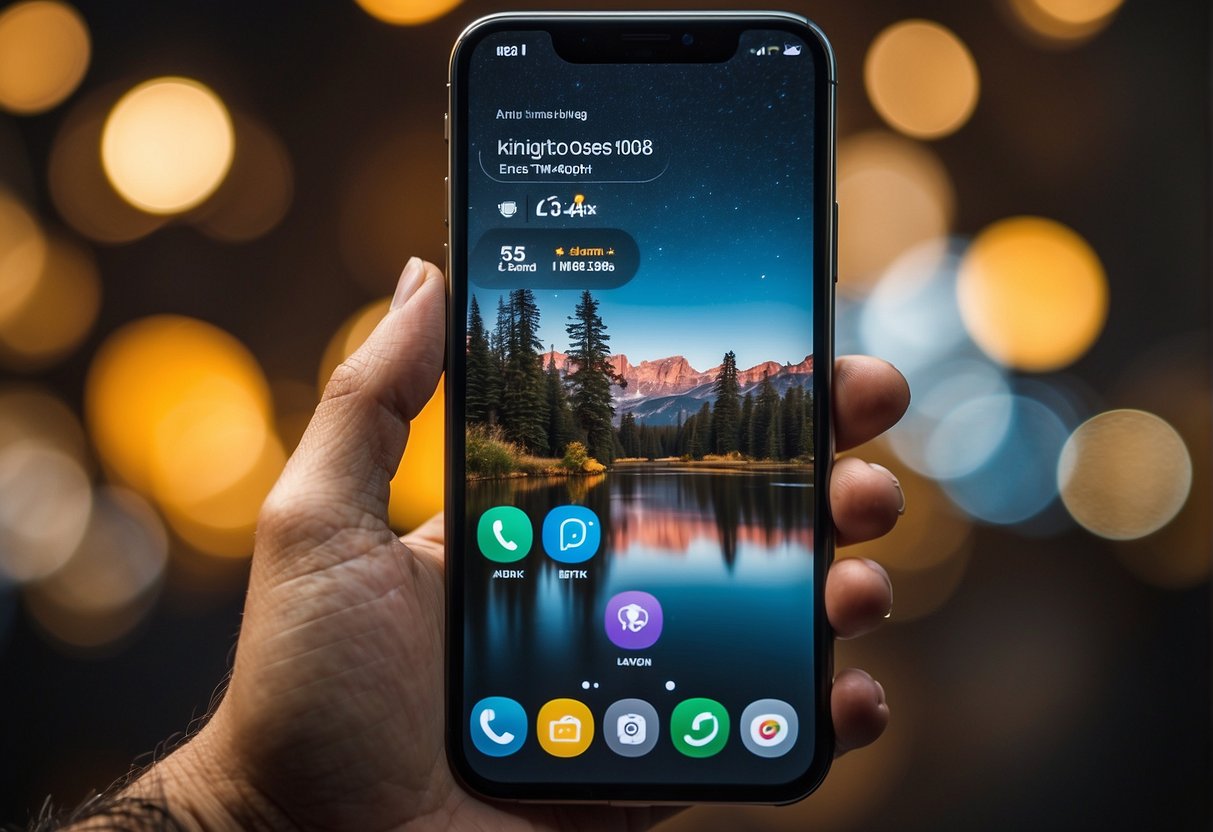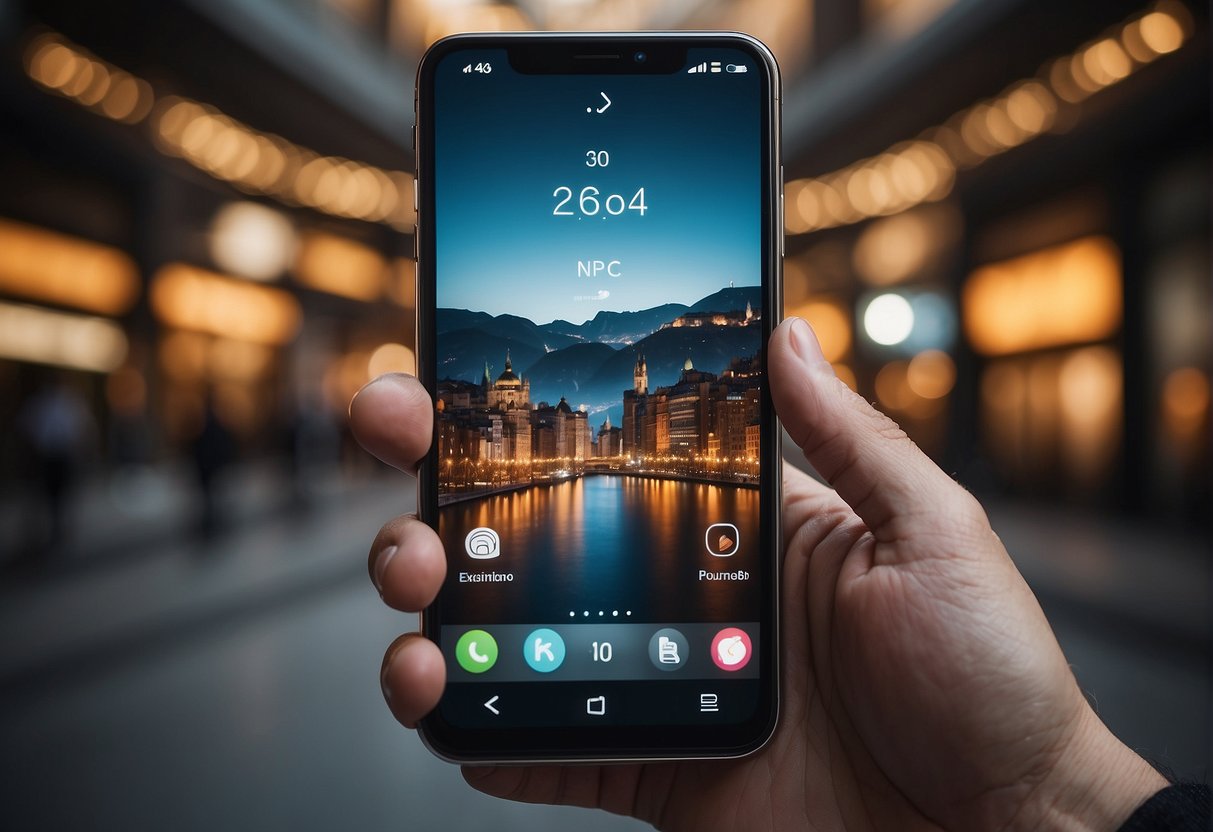Mobile UX design principles are critical to improving user satisfaction and creating a positive mobile experience.
With the increasing use of mobile devices, it is essential to design mobile apps and websites that are easy to use, intuitive, and efficient.
Mobile UX design principles help in achieving these objectives by providing a set of guidelines that designers can follow to create an excellent user experience.
Understanding user needs and goals is the first step in designing a mobile UX that meets user expectations.
By knowing what users want to accomplish and how they want to achieve their goals, designers can create a mobile experience that is tailored to their needs.
Principles of mobile UX design, such as content prioritization, visual hierarchy, and consistency, can help designers create a clear and intuitive interface that guides users through the app or website.
Optimizing mobile interactions is another critical aspect of mobile UX design.
By designing interactions that are natural and intuitive, users can navigate the app or website with ease, reducing frustration and improving satisfaction.
Improving performance and efficiency is also essential, as slow loading times and unresponsive interfaces can quickly lead to user frustration and abandonment.
By following mobile UX design principles, designers can create mobile experiences that are efficient, fast, and user-friendly.
Key Takeaways
- Understanding user needs and goals is critical to designing an excellent mobile UX.
- Optimizing mobile interactions and improving performance and efficiency are essential for user satisfaction.
- Following principles of mobile UX design, such as content prioritization and visual hierarchy, can help create a clear and intuitive interface.
Understanding User Needs and Goals

Mobile UX design is all about creating interfaces that are accessible and efficient for users on-the-go. To achieve this, designers need to understand the needs and goals of their target audience.
User-centered design is at the core of UX design, which means designing products with the user in mind and prioritizing their needs and goals above everything else.
The Importance of Research in UX Design
To create user-centric designs, designers need to conduct extensive research to understand the needs of their target audience.
This involves gathering feedback from users, analyzing user behavior and preferences, and conducting surveys.
By understanding user needs, designers can create interfaces that are tailored to the needs of their target audience, resulting in higher engagement and satisfaction.
Aligning User Goals with Business Objectives
While it is important to focus on the needs of the user, designers also need to align these needs with the business objectives of the company.
By doing so, designers can create interfaces that not only meet the needs of the user but also achieve the goals of the company.
This involves understanding the business objectives, analyzing user behavior and preferences, and creating interfaces that are both user-friendly and effective.
Principles of Mobile UX Design

Mobile UX design is the process of designing user interfaces for hand-held and wearable devices to optimize on-the-go interactions. The following principles are key to creating great mobile user experiences:
Simplicity and Minimalism
Mobile devices have limited screen real estate, and users are often on the move. Therefore, mobile UX design should focus on simplicity and minimalism.
This means that designers should prioritize the most important content and features and avoid cluttering the screen with unnecessary elements.
Intuitive Navigation and Structure
Mobile users expect to find what they’re looking for quickly and easily. Therefore, mobile UX design should prioritize intuitive navigation and structure.
This means that designers should use clear and concise labels, organize content logically, and make sure that users can easily find their way around the app or website.
Accessibility and Inclusivity
Mobile UX design should be accessible and inclusive to all users, regardless of their abilities or disabilities.
This means that designers should consider factors such as contrast, typography, and color to ensure that the interface is easy to read and use for everyone.
In summary, mobile UX design principles prioritize simplicity, intuitive navigation, and accessibility to create great user experiences on hand-held and wearable devices.
Optimizing Mobile Interactions

Mobile devices are primarily designed for touch-based interactions. Therefore, designing for touch targets is crucial in mobile UX design.
In this section, we will discuss some of the key principles that can help improve user satisfaction and engagement with mobile interfaces.
Designing for Touch Targets
The size and placement of touch targets are critical in mobile UX design.
The minimum recommended touch target size is 7-10mm, which is large enough for users to accurately tap with their fingers.
Moreover, touch targets should be spaced at least 2-3mm apart to avoid accidental taps.
Effective Use of Icons and Symbols
Icons and symbols are an essential part of mobile UX design. They help users quickly understand the functionality of various controls and actions.
However, it is essential to use icons and symbols that are universally recognized and understood.
Additionally, it is recommended to always label the icons with text to ensure that users can easily understand their meaning.
Hand Position and Touchscreen Ergonomics
The position of the user’s hand and the ergonomics of the touchscreen are crucial in mobile UX design.
The thumb zone, which is the area of the screen that can be comfortably reached with the user’s thumb, should be considered when designing touch targets and controls.
Furthermore, the position of the most frequently used controls and actions should be optimized for the user’s hand position.
For example, the most frequently used controls should be placed within easy reach of the user’s thumb.
Improving Performance and Efficiency

Mobile users expect fast and efficient experiences. Slow load times and poor performance can lead to frustration and a negative impression of the app.
Therefore, it is crucial to focus on improving the performance and efficiency of your mobile app.
Speed and Load Times
One of the most critical factors in improving user satisfaction is the speed of the app.
Users want to access the information they need quickly, and they don’t want to wait for long load times.
Therefore, it is essential to optimize the app’s performance and reduce load times.
To achieve this, developers can use techniques such as caching, lazy loading, and compressing images and videos.
Additionally, minimizing the number of HTTP requests, reducing the size of CSS and JavaScript files, and using a content delivery network (CDN) can also help improve the app’s speed and load times.
Error Handling and User Guidance
Errors and friction can significantly impact the user experience, leading to frustration and confusion.
Therefore, it is crucial to handle errors gracefully and provide clear guidance to users when they encounter issues.
Developers can achieve this by providing informative error messages that explain the issue and offer solutions.
Additionally, using visual cues such as progress bars, loading animations, and feedback messages can help users understand what’s happening and reduce frustration.
Measuring and Enhancing User Satisfaction

To improve user satisfaction with mobile UX design principles, it is important to track and enhance the user experience.
This can be done by measuring key metrics such as conversion rates, engagement, and personalization.
Tracking Conversion Rates and Engagement
Conversion rates and engagement are important metrics to track when measuring user satisfaction.
Conversion rates refer to the percentage of users who complete a specific action, such as making a purchase or signing up for a newsletter.
Engagement refers to the level of interaction users have with the app or website, such as the number of clicks or time spent on the page.
To track these metrics, designers can use tools such as Google Analytics or Mixpanel.
By analyzing the data collected, designers can identify areas for improvement and make changes to the user experience to increase conversion rates and engagement.
Personalization and Contextual Experience
Personalization and contextual experience are also important factors in enhancing user satisfaction.
Personalization involves tailoring the user experience to the individual user’s preferences and needs.
This can be done by collecting data about the user’s behavior and using that data to create a personalized experience.
Contextual experience involves designing the user experience to fit the user’s context, such as their location, time of day, or device.
For example, a mobile app for a restaurant may offer different options depending on whether the user is browsing during lunch or dinner hours.
By incorporating personalization and contextual experience into the design, designers can create a more engaging and satisfying user experience.
This can lead to increased user retention and customer loyalty.



